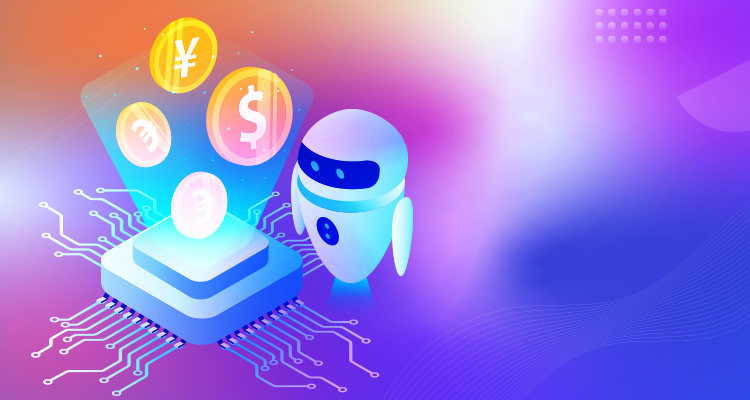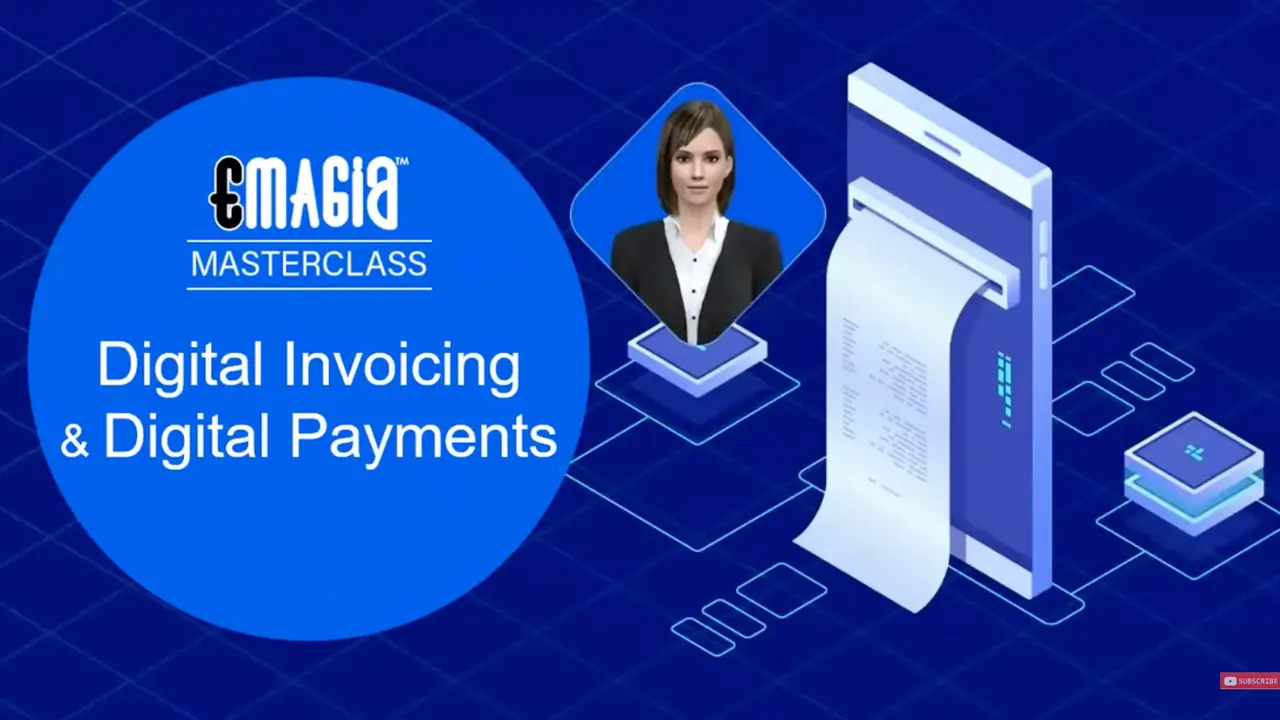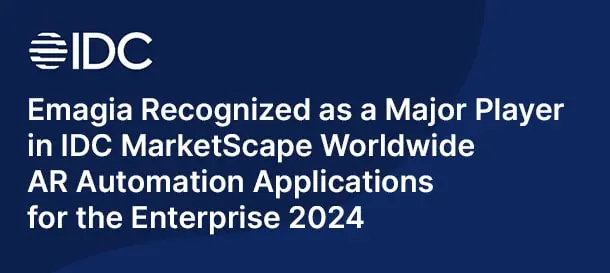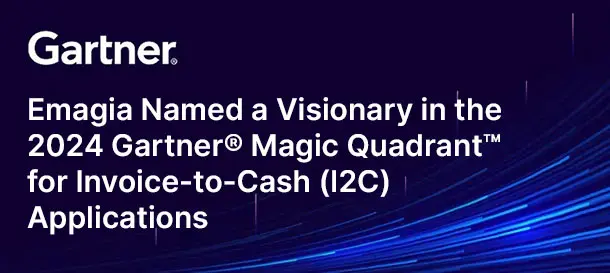How digital invoices, digital payments and AI-powered Order-to-Cash (O2C) processes are redefining B2B customer experience
The arrival of the digital age has driven customer experience to a preeminent position in business. Add the commoditization of products and services and disruption to old business models, and customer experience has become a critical differentiator providing a competitive edge to companies that execute it well.
Amazon, the standard-setter in the business-to-consumer sector, raised focus on the customer experience to prodigious heights. Then digital devices brought access to all kinds of information and applications to people’s fingertips, including easy online banking. Meanwhile, digital assistants like Alexa and Siri introduced people to the ease of verbal command control, whether finding out the day’s weather and schedule, setting reminders or playing music.
All this has raised customer expectations across the board and spilled over from business-to-consumer to business-to-business. Consumers are also businesspeople who wonder, “If Amazon can do it, why can’t you?”
Then came the pandemic to reveal the stark weaknesses in non-digital systems. As people went home to work, paper invoices and checks sat unopened in empty offices. Twenty years ago, 9/11 drove the adoption of The Check Clearing for the 21st Century Act, after the grounding, for several days, of planes carrying billions of dollars in paper checks. It revealed the need for check truncation and electronic check clearing. Similarly, the pandemic has created momentum behind the demand for the digital transformation of business processes for a better customer experience.
The Desirability of Financial Self-Service
An essential aspect of customer experience is self-service. People have discovered satisfaction in accessing information on their own. While they may want to escalate to a “live” person if there’s a problem, people prefer self-service. Self-service offers customers a sense of control. It is fast. They do not have to wait for you to return their call or email. A good self-service system empowers them to take charge and allows them to get to what they want when they want it.
Complete self-service also allows people to do what they need to do. The best automated self-service systems go well beyond information access, allowing customers to accomplish a goal or solve a problem.
The Harvard Business Review reports on a study by the Customer Contact Council (of the Corporate Executive Board). A key concept of customer service is to help customers solve their problems quickly and easily. The study found that while many organizations were attempting “exceed expectations” of their customers, they were failing. The recommendation: Make it easy. That is what digital transformation of financial operations can do.
Digital Invoices and Digital Payments
The combination of intelligent automation capabilities and self-service find ideal applications in financial operations. For customers, accessibility to invoices and statements and the ability to make electronic payments on the spot bring a new level of customer experience.
Electronic invoices have been around for some time, as have a variety of electronic payment methods. However, what has been missing is a more fully integrated system and the application of state-of-the-art technologies such as AI and digital assistance.
That is what today’s comprehensive digital order-to-cash (O2C) platforms deliver, along with the entire range of O2C processes from credit through cash application and dispute resolution. Emagia, for example, brings together robotic process automation (RPA), AI, analytics, and big data management to provide hyper-automation of O2C supported by digital assistants. Emagia’s platform accomplishes the digital transformation of AR and the O2C process; it also includes customer-facing digital invoice, statement, and payments capabilities.
Emagia MasterClass: Digital Invoicing and Digital Payments
The digital invoicing application automatically pulls data from the ERP for automated invoice production and includes credit or debit adjustments. It also provides electronic distribution and tracking, and automatic reminder notices and dunning.
Digital payments, also called real-time payments (RTP) or “frictionless digital payments,” are electronic payments that transfer funds and remittance advice directly between buyer and seller. Direct, secure gateways allow payment via credit card, direct ACH debit or credit, wire, or direct transfer on an account to account (A2A) basis.
Customer Experience: An Important Part of Digital Transformation
The power of digital invoices and payments comes from their combination in a customer care portal supported by a specifically trained digital assistant. The customer care portal facilitates end-to-end transactions, providing access to the invoices, statement of account, and enabling payment, all supported by a digital assistant to handle 24/7 inquiries. In addition, in a digital customer care portal, the customer has access online to POD, BOL and contract terms.
Self-service is part of overall customer service enhancement in a complete digital O2C platform that includes swift credit decisions, accurate cash application, and digital assistance in settlement options. For a seller, the unified digital AR information and O2C process completely transform financial operations through the combination of automation, AI, analytics and other technologies.





